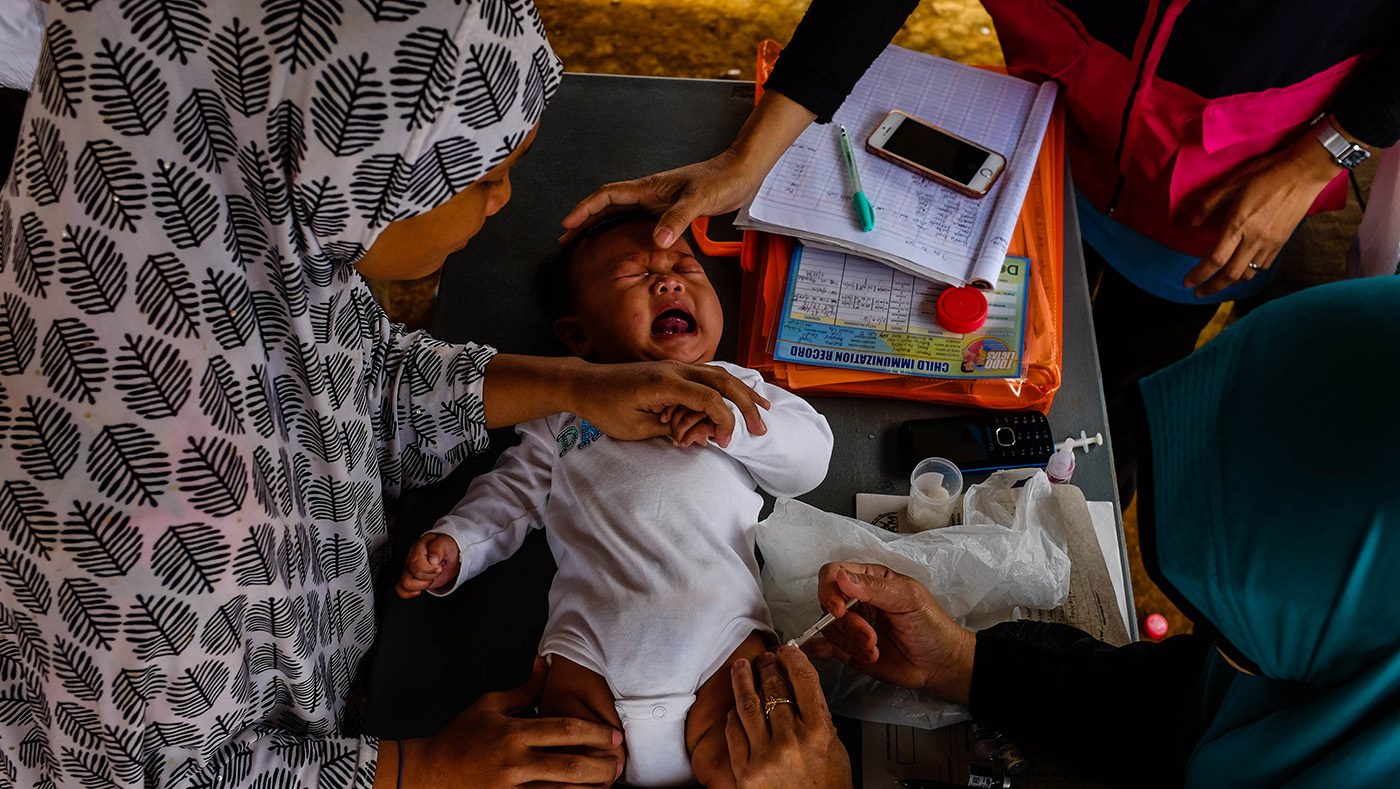SUMMARY
This is AI generated summarization, which may have errors. For context, always refer to the full article.

MANILA, Philippines – A little over 4 months after the inauguration of the Bangsamoro region, the pressure is on for the new regional government, the Bangsamoro Transition Authority (BTA), to bring concrete improvements to lives of the region’s residents.
The first months have been devoted to setting up the bureaucracy and forming a transition plan, but the BTA has a plan to make social services more felt in all 63 barangays in the region.
Minister for Local Government Naguib Sinarimbo told Rappler that the Bangsamoro Cabinet aims to provide educational subsidies and assign health workers to every barangay by the end of 2019.
The funding for this will come from the P30 billion in unprogrammed funds that had been allocated for the implementation of the Bangsamoro Organic Law in the 2019 General Appropriations Act, Sinarimbo said in a Rappler Talk interview on Thursday, August 8.
Sinarimbo has also designated BTA spokesman by Interim Chief Minister Murad Ebrahim.
The BTA needs to program that funds, which are still with the Department of Budget and Management (DBM), before this can be downloaded to the regional government. That’s what the Bangsamoro Cabinet is working on.
“The directive from the Chief Minister (Murad Ebrahim) is for the Cabinet to propose the programs and the strategy for us is to get the bulk of that funding to support social service delivery and frontload that to the barangay level,” said Sinarimbo.
Cabinet members have to submit their proposed projects to Murad, and then to the DBM, by the week of August 12. If all goes according to plan, the funds can be transferred to the BTA in September so that implementation can begin and finish within 2019.
Addressing drop-out rates, health concerns
The boost in barangay social services will come in at least two forms, said Sinarimbo. (READ: Bangsamoro gov’t to prioritize education, health, social services – Murad)
One will be education subsidies to bring down the student drop-out rate plaguing the region. Another is for deploying health workers to every barangay instead of just to every municipality.
“We are looking at improving education outcomes. So drop-out rate is high and we want to know exactly what is causing that. Part of a study is saying parents are asking their kids, because they are poor, to do manual labor so they earn and contribute to the family’s income. If we subsidize that, we expect kids to be attending school,” said the minister.
Assigning health workers for every barangay, meanwhile, is expected to improve access to medical attention, which has been sparse in remote communities.
Need to go down to barangays
Sinarimbo emphasized the need for the BTA to improve access to social services on the barangay level.
“We understand the condition on the ground and people are expecting a lot from the BTA, from the government. We want to respond quickly to that by frontloading the programs at the level already of the barangay,” he said.
The Bangsamoro Organic Law was ratified in a plebiscite last January on the hopes that the new regional government it creates would bring true and lasting progress and development to Muslim Mindanao – a region racked by decades of conflict and poverty.
The BTA is under pressure to deliver just that, even if its main task is to create a stable foundation for the region and guide its transition.
The Bangsamoro region can also expect the BTA to begin “massive hiring and recruitment” by the end of 2019, signalling new employment opportunities for the people there.
This will coincide with the phasing out of employees of the now-defunct Autonomous Region in Muslim Mindanao (ARMM), the region the BARMM replaced.
The ARMM employed 30,000 to 40,000 persons. Sinarimbo said the BARMM will employ even more since new offices were created and more functions devolved to the BARMM.
Interested job applicants will begin their training for key posts in September.
“We want to do training begining September up to December so that everyone who would enter the pool of applicants in January next year would already be trained. Otherwise, we will end up with employees who’ve not had the experience or the training for doing the work,” said Sinarimbo. – Rappler.com
Add a comment
How does this make you feel?
There are no comments yet. Add your comment to start the conversation.